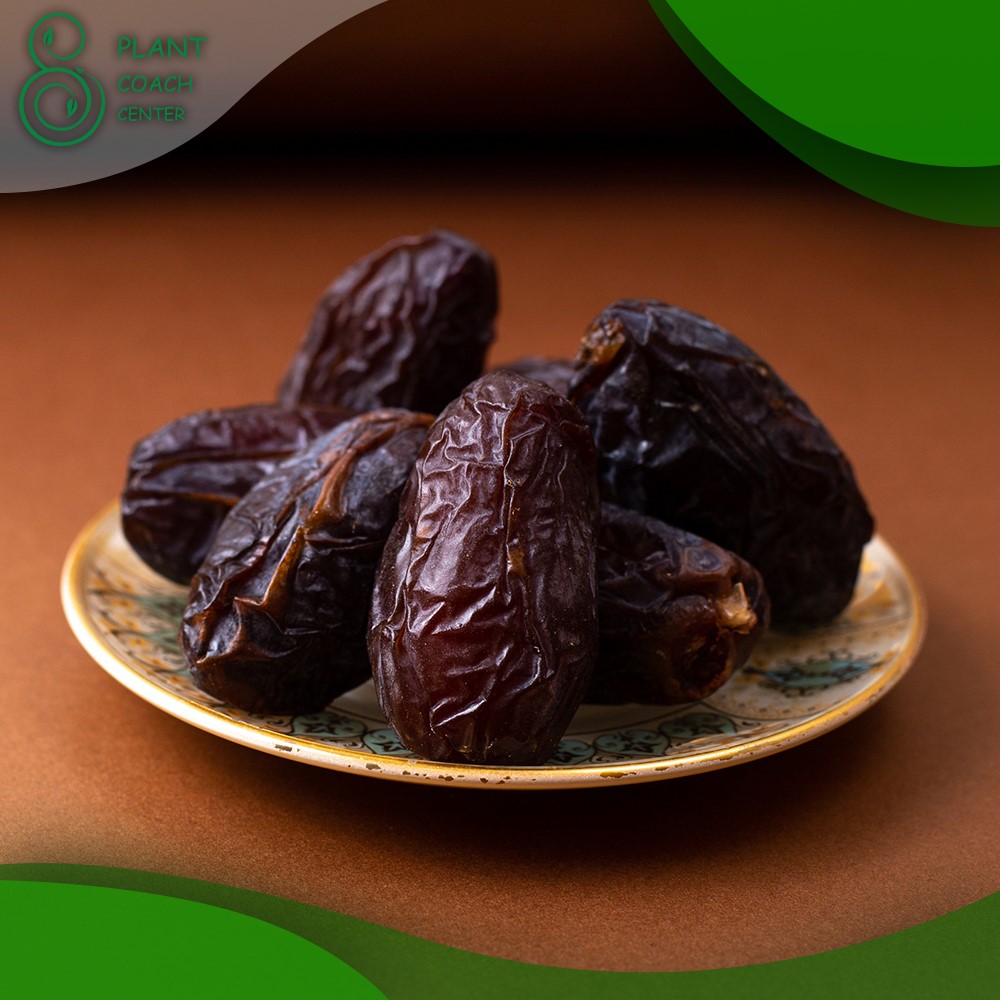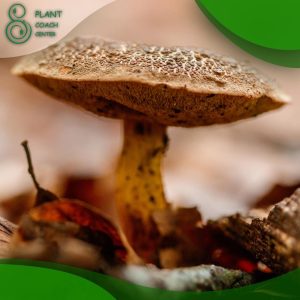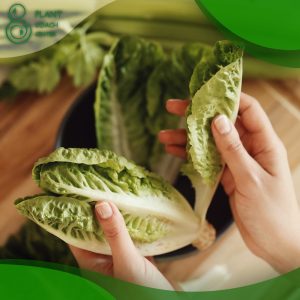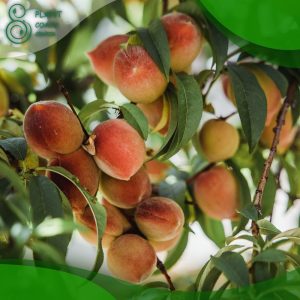Introduction
Dates, the sweet, chewy fruits we love to munch on or use in our favorite recipes, don’t just pop up in the grocery store. They have a fascinating journey, beginning as a tiny seed and maturing into a towering date palm that produces those delectable fruits. So, how do dates grow? Let’s embark on an exciting horticultural journey.
The Life Cycle of a Date Palm Tree
Seed Germination
The life of a date palm begins with a seed. After a period of dormancy, the seed germinates when conditions are right, sprouting a root and a shoot. This tiny plant is the beginning of what will become a towering date palm.
Juvenile Growth
As the young date palm grows, it develops a strong root system and a sturdy stem. Leaves begin to appear, initially as small spikes that eventually unfurl into the large, feathery fronds characteristic of date palms.
Maturity and Flowering
After a number of years, the date palm reaches maturity. This is the time when it begins to flower. The flowers, which are small and inconspicuous, develop in large clusters known as inflorescences.
Fruit Development
Once pollination occurs, the flowers develop into fruits over a period of several months. These fruits are the dates we know and love. The process from flowering to ripe fruit can take from 5 to 7 months depending on the variety.
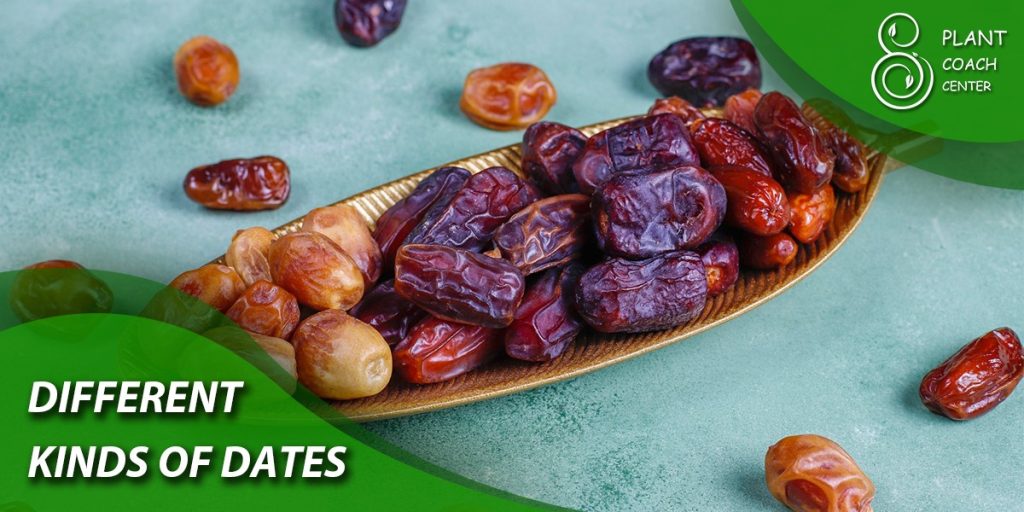
Date Palm Cultivation: A Detailed Walkthrough
Planting
Date palms are typically propagated through seeds or offshoots. For commercial production, offshoots are preferred as they maintain the genetic characteristics of the parent plant, ensuring consistent fruit quality.
Seeds: Seeds should be soaked in water for 24-48 hours before planting to improve germination. They are then planted in well-draining soil about an inch deep. Germination usually takes 6-8 weeks.
Offshoots: Offshoots are lateral growths that appear at the base of the palm. They are removed when they’ve reached about a year old or have a diameter of 15-20 cm. The offshoot is then planted in well-draining soil, with the top just below the soil surface.
Watering: Date palms require regular watering. Newly planted palms should be watered daily for the first two weeks and then gradually less often. Mature palms usually need watering every 7-10 days in the summer and less in cooler months.
Fertilization: Date palms require high amounts of nitrogen, potassium, and magnesium for optimal growth and fruit production. A balanced palm-specific fertilizer can be applied several times throughout the growing season.
Pruning: Older, yellowing fronds should be removed to keep the palm tidy and healthy. The flower stalks should also be thinned in the early summer to allow more energy to go to the remaining dates.
Harvesting: The dates will be ready for harvest when they begin to change color. The exact timing will depend on the variety. Harvesting is usually done by hand, with the picker climbing the tree and cutting off the entire fruit stalk.
After harvest, the dates are typically sorted by quality and size. They may also be treated with heat to kill any insect pests and then stored in a cool, dry place until they’re ready to be eaten or sold. Cultivating date palms can be labor-intensive, but the reward of sweet, delicious dates makes it well worth the effort.
What are some common pests and diseases that affect date palms?
Indeed, date palms, like any other crop, are susceptible to a variety of pests and diseases. Here are some of the most common ones.
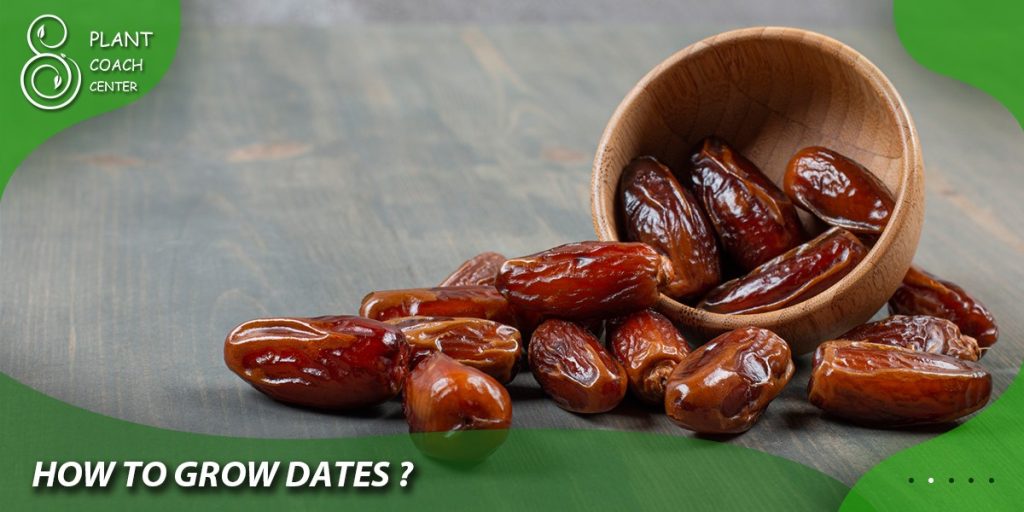
Pests
Dubas Bug (Ommatissus lybicus): This is a major pest of date palms. These bugs suck sap from the leaves, weakening the plant and reducing fruit yield. They also leave behind a honeydew that promotes the growth of sooty mold.
Red Palm Weevil (Rhynchophorus ferrugineus): This is one of the most destructive pests. The larvae bore into the trunk of the palm, causing significant damage that can often lead to the death of the tree.
Lesser Date Moth (Batrachedra amydraula): The larvae of this moth can cause considerable damage by boring into the fruit.
Diseases
Bayoud Disease: This fungal disease is caused by Fusarium oxysporum f.sp. albedinis. It’s a serious threat to date palm cultivation, causing wilting, yellowing and eventual death of the tree.
Black Scorch: Caused by the fungus Thielaviopsis paradoxa, this disease leads to necrosis of the leaves and the formation of black lesions on the fruit.
Graphiola Leaf Spot (False Smut): This is a fungal disease caused by Graphiola phoenicis, characterized by the appearance of small, dark spots on the leaves.
To keep these pests and diseases at bay, it’s crucial to maintain good agricultural practices like regular inspection of the trees, use of resistant varieties, proper irrigation, and targeted use of pesticides. In severe cases, infected trees should be removed to prevent the spread to healthy trees.
Date Palm Maturation: The Journey to Fruit-Bearing
The journey from a humble seed or offshoot to a fruit-bearing date palm is a fascinating and lengthy process. The time it takes for a date palm to bear fruit depends on the method of propagation, the variety of the palm, and the growing conditions.
Date palms (Phoenix dactylifera) are unique in their long maturation period. While some plants may begin to bear fruit within a year or two of planting, date palms take significantly longer.
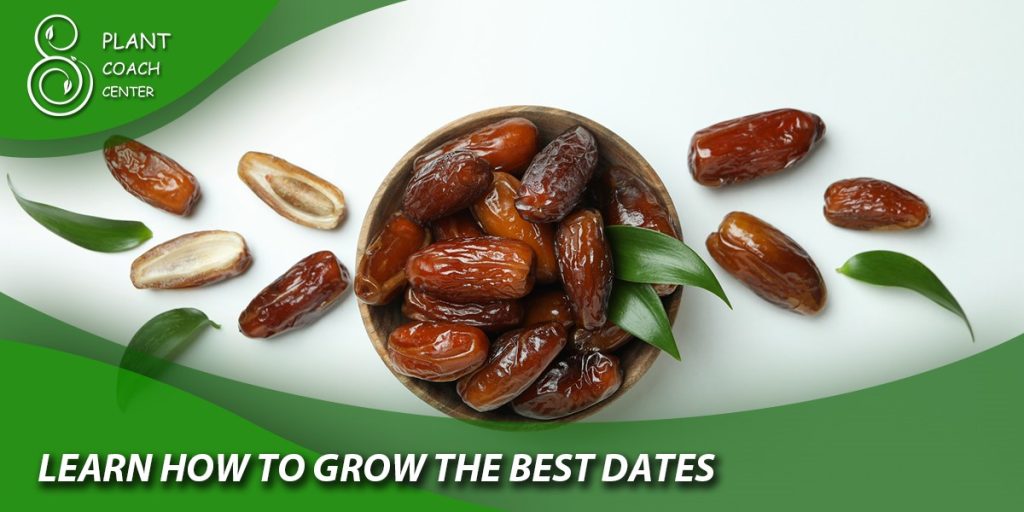
Propagation and Early Growth
Propagating date palms from seeds might be a more natural way to start, but it is not typically used for commercial date production. This is because seed-grown date palms do not necessarily grow true to the parent, leading to variability in the quality of the fruit.
In commercial cultivation, growers prefer to use offshoots — the natural clones that grow at the base of a mature date palm. These offshoots, once separated from the parent plant and replanted, preserve the characteristics of their parent, including fruit quality and time to maturation.
Maturation and Fruit Production
Once planted, a date palm goes through a significant growth period before it reaches maturity and begins to produce fruit. On average, a date palm starts bearing fruit when it is about 4 to 8 years old, but full production doesn’t occur until the tree is around 10 to 15 years old.
This long growth and maturation phase is necessary for the date palm to establish a robust root system and grow strong fronds. The tree needs to be well-established and healthy to support the heavy clusters of dates it will eventually produce.
Factors Influencing Fruit Bearing
Many factors can influence when a date palm starts bearing fruit. These include the quality of care (such as watering, fertilizing, and pest management), the local climate, and the specific variety of date palm. Some varieties are known to fruit earlier than others, but on the whole, date palms are a long-term investment.
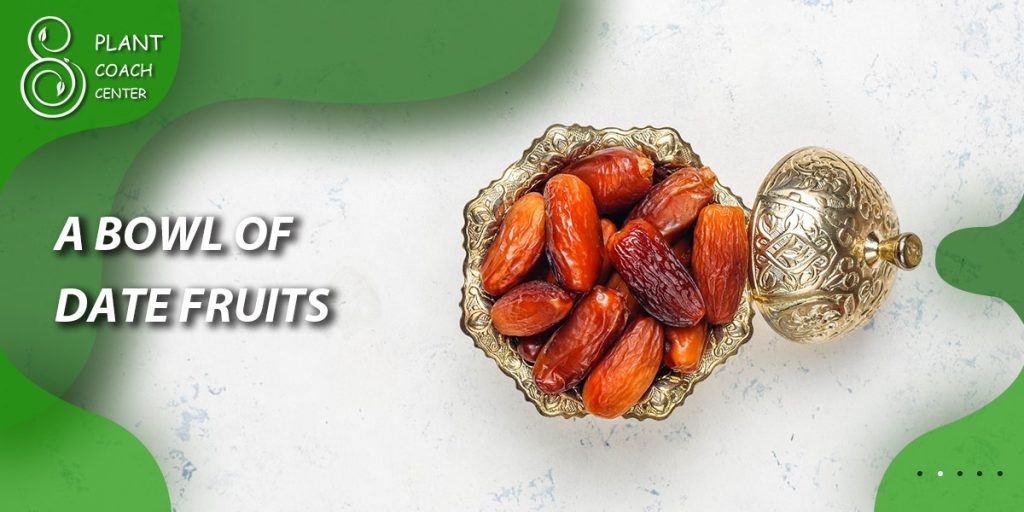
Conclusion
Growing dates might not be a walk in the park, but it’s undoubtedly a rewarding experience. From understanding the life cycle of the date palm to learning about its ideal growing conditions, you’re now equipped with the knowledge to answer the question, “how do dates grow?” Whether you’re an avid gardener or just a date enthusiast, we hope this guide has given you a newfound appreciation for these incredible trees and their delicious fruits.
How long does it take for a date palm to bear fruit?
It typically takes a date palm between 4 to 8 years to start bearing fruit after planting.
Do date palms need a lot of water?
While date palms are drought-resistant, they do require regular watering for optimal fruit production.
Can date palms grow in cold climates?
Date palms prefer hot, dry climates and do not fare well in areas with cold winters.
What is the best time to plant date palm seeds?
The best time to plant date palm seeds is during the spring when temperatures are consistently above 20 degrees Celsius.
How do I care for a young date palm?
Caring for a young date palm involves regular watering, providing full sunlight, and protecting it from pests and diseases.
How do dates grow in different climates?
Dates are remarkably adaptable; however, they thrive in hot, dry climates. In cooler, more temperate climates, date palms may grow but often struggle to produce quality fruit.


